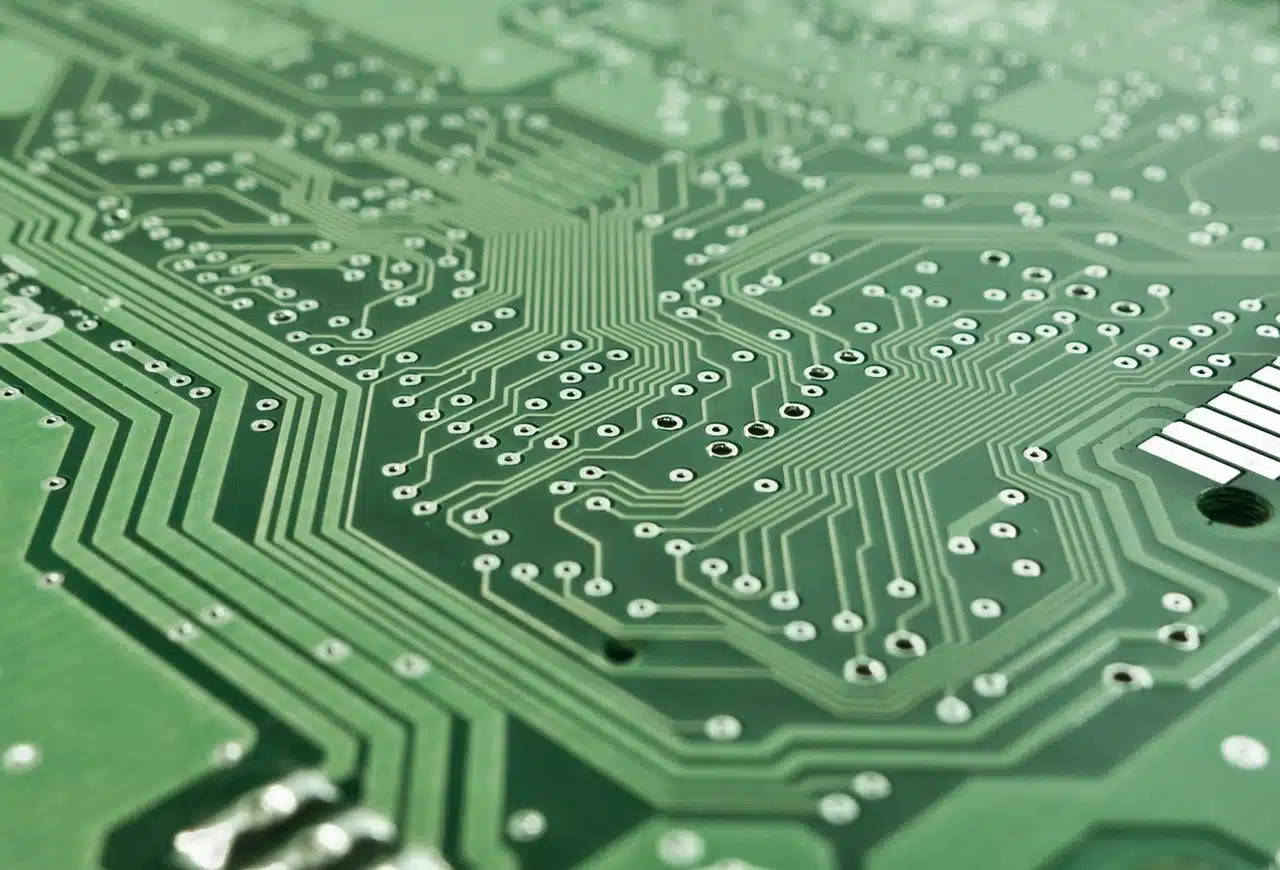
Faraday's law applies to the electrical generator known as a dynamo.
Faraday's law is a principle that was developed from experiments conducted by the English physicist and chemist Michael Faraday . This standard quantifies the link established between a magnetic field that changes over time and the electric field that arises from said modifications .
What Faraday's law establishes is that the electromotive force that is induced in a closed circuit is directly proportional to the speed with which the magnetic flux that runs through a certain surface that has the circuit itself as an edge changes.
Origin of Faraday's law
Faraday's law has its origins in the experimental work carried out by this British scientist in the 19th century . Faraday is credited with being the one who, in 1831 , managed to describe for the first time how electromagnetic induction works.
In his experimental work, Faraday took an iron ring and wrapped a pair of wires on opposite sides. What this researcher believed was that, if the electric current began to advance through a wire, a certain wave would travel through the ring and cause an electrical effect in the other area.
Using a galvanometer, Faraday detected that when a battery was connected or disconnected from the first coil, a transient flow of current appeared in the second coil. Thus he concluded that the current was induced by the change in the magnetic flux each time the battery was connected or disconnected.
With his discoveries, Faraday demonstrated that a changing magnetic field produces an electric field. The Scotsman James Clerk Maxwell was in charge of modeling the systematization of the relationship described by Faraday, giving rise to the birth of Faraday's law, which ended up being incorporated into the so-called Maxwell equations .

Faraday's law is very important in electronics.
Main concepts
To understand Faraday's law, it is necessary to be clear about various concepts. On the one hand, it must be considered that electricity is a force that arises from the existence of protons and electrons and is revealed by the repulsion and attraction between electrically charged particles. An electric current , thus, is generated when electrical charges flow through a conductor.
The region of space where the intensity of an electric force is defined is known as the electric field . On the other hand, the region on which a magnetic body affects is called the magnetic field .
At this point it must be emphasized that magnetism is the property of electric currents and magnets to carry out an action at a distance. Among them, the creation of an induced electric current. Starting from a magnetic field, the amount of magnetism can be calculated and expressed as a measure of magnetic flux .
The interaction between an electric field and a magnetic field is studied by electromagnetism . In this framework, we speak of electromotive force (EMF) , induced voltage or induced voltage to refer to the electrical action caused by a non-electric source.

Antennas that transmit or receive radio waves work according to Faraday's law.
Electromagnetic induction and Faraday's law
The phenomenon of electromagnetic induction refers to the generation of an electromotive force in an element that is exposed to a variable magnetic field. This induction appears if the energy of the electromagnetic field is transferred to a body that is within its radius: if it is a conductor that integrates a closed circuit, an induced current is born.
As we already indicated, Faraday observed this phenomenon in 1831 and noted that the magnitude of the EMF is proportional to the change in the magnetic flux. It is interesting to note that Faraday's law is also referred to as the law of electromagnetic induction .
Three years later, the German Heinrich Lenz verified that the current generated by the EMF presents an opposition to the modification of the magnetic flux; Therefore, the current shows a tendency to conserve flow . In other words, Lenz's law indicates that the magnetic field of the EMF opposes the changes in the initial current that generated it.
Your application
Faraday's law is applied in multiple uses. A direct current (DC) motor , for example, enables the conversion of electrical energy into mechanical energy , generating a rotary movement through the intervention of a magnetic field.
In an electric motor of this type, there is a stator that has the poles (which can be permanent magnets or copper wires on a ferrous core) and a rotor that is powered with direct current.
An electric stove , meanwhile, also works following the principles of Faraday's law. In this case, the device is responsible for converting electricity into heat that allows the food to be cooked.
Faraday's law is also the basis of a transformer that decreases or increases the voltage in an alternating current (AC) circuit, but without changes in electrical power.
